Your One-Stop Shop for Everyday Essentials & Unique Finds
Stay Active This Season: The Ultimate Guide to Winter Exercise Clothing
Winter's here, and that means it's time to rethink your workout wardrobe. Exercising in the cold can be a bit tricky, but with the right clothing, you can stay warm and comfortable. Whether you're running, skiing, or just taking a brisk walk, what you wear matters. Let's dive into the world of winter exercise clothing and find out what you need to keep moving this season.
Key Takeaways
- Choose fabrics that breathe, insulate, and wick away moisture to stay comfortable.
- Layering is key: start with a base layer, add a mid layer, and finish with an outer layer.
- Don't forget accessories like hats, gloves, and scarves to keep warm.
- Pick the right footwear for insulation, waterproofing, and traction.
- Visibility is important; wear reflective gear and bright colors to stay safe.
Choosing The Right Fabrics For Winter Exercise Clothing
When it comes to winter workouts, picking the right fabrics is key to staying comfy and warm. You want to be active without feeling like you're wrapped in a heavy blanket. Let's break down the types of materials that are perfect for your winter exercise gear.
Breathable Materials
Breathability is super important when you're working up a sweat in the cold. Fabrics like polyester are great because they let your skin breathe while keeping the chill out. Look for materials that allow air to circulate, so you don't end up feeling stuffy.
Insulating Layers
Insulation is what keeps the warmth in. Think of it as your personal heating system. Wool and fleece are fantastic choices for this layer. They trap heat close to your body but still let moisture escape, so you stay cozy without overheating.
Moisture-Wicking Options
Nobody likes being damp and cold. That's where moisture-wicking fabrics come in. These materials pull sweat away from your skin, keeping you dry and comfortable. Polyester does this job well, making it a go-to for winter gym wear. Staying dry is just as important as staying warm, so don't skip this step!
Choosing the right fabrics for your winter exercise clothing can make all the difference between a refreshing workout and a miserable one. Keep these tips in mind to make the most of your cold-weather activities.
Layering Techniques For Maximum Comfort
Base Layer Essentials
Alright, let's kick things off with the base layer. This is the layer that sits closest to your skin, and it’s all about keeping you dry and comfortable. Think of it as your second skin. When you're out there in the cold, you don't want sweat sticking around, making you chilly. Look for materials like merino wool or synthetic fibers that are known for their moisture-wicking properties. These fabrics pull sweat away from your skin, keeping you dry and warm.
Here's a little checklist for your base layer:
- Opt for snug-fitting tops and bottoms.
- Choose materials like merino wool or polyester blends.
- Avoid cotton as it holds moisture.
Mid Layer Must-Haves
Next up, the mid layer. This is your insulation, the cozy hug that traps heat. Fleece jackets or down vests are great options here. They provide warmth without adding bulk, which is crucial when you're moving around. The goal is to create a nice, warm barrier between your base and outer layers.
Consider these points when picking your mid layer:
- Go for breathable yet insulating materials.
- Make sure it fits comfortably over your base layer.
- Look for options with zippers for easy ventilation.
Outer Layer Protection
Finally, we have the outer layer. This is your shield against the elements—wind, rain, snow, you name it. A good outer layer is windproof and waterproof but still breathable. You don’t want to feel like you’re in a sauna, after all. Jackets with adjustable hoods and cuffs can help seal out the weather.
Key features to look for in your outer layer:
- Waterproof and windproof materials.
- Breathable fabric to prevent overheating.
- Adjustable features for a snug fit.
Layering is all about balance. You want to stay warm but also be able to move freely and comfortably. Each layer has a job to do, and when they work together, you’ll be ready for whatever winter throws your way.
Accessories That Make A Difference
Winter workouts can be a blast if you're geared up right. When the temperature drops, having the right accessories can make all the difference in your comfort and performance.
Warm Hats And Beanies
Keeping your head warm is a game-changer. A cozy hat or beanie can prevent a lot of heat loss, keeping you comfortable during those chilly morning jogs. Look for materials like wool or fleece that trap heat well. Plus, they come in all sorts of styles, so you can pick one that fits your vibe.
Thermal Gloves And Mittens
Your fingers are the first to feel the cold, so good gloves are a must. Thermal gloves or mittens with insulating layers can keep your hands toasty. Some even have touchscreen-friendly tips, so you can change your playlist without taking them off. Mittens are great for extra warmth, but gloves give you more dexterity.
Cozy Scarves And Neck Gaiters
A scarf or neck gaiter can be a lifesaver when the wind picks up. They protect your neck and can be pulled up to cover your face if needed. Opt for ones made of breathable fabric to avoid getting too sweaty. They're perfect for layering and can add a pop of color to your winter outfit.
Staying active in winter doesn't mean you have to sacrifice comfort. With the right accessories, you can enjoy your exercise routine while staying warm and stylish.
Footwear That Keeps You Moving
Winter's chill shouldn't stop you from staying active. The right footwear can make all the difference, keeping your feet warm, dry, and ready for anything. Let's break down what you need to look for in winter exercise shoes.
Insulated Running Shoes
When you're out for a run in the cold, insulation is your best friend. Look for running shoes that have a thermal lining. It keeps your feet warm without making them sweat too much. Some shoes even have removable liners, so you can adjust according to the day's chill factor.
Waterproof Boots
If you're into hiking or long walks, waterproof boots are a must. They're designed to keep water out while letting your feet breathe. Gore-Tex is a popular material for this. It helps keep your feet dry, even if you step in a puddle or two. Plus, they often come with extra grip for those icy patches.
Traction-Enhancing Soles
Slipping and sliding on ice is no fun. Shoes with good traction are a game-changer. Look for soles that have deep grooves or are made of sticky rubber. Some shoes even have built-in spikes or you can buy slip-on spikes for extra grip.
Remember, the right footwear not only keeps you comfortable but also helps prevent injuries. So, gear up properly and keep moving, even when the temperature drops.
Staying Visible During Winter Workouts
Reflective Gear
When it comes to winter workouts, staying visible is a top priority. Shorter days and gloomy weather can make it hard for others to see you. That's why reflective gear is a game-changer. Reflective vests, bands, and stickers can be easily added to your outfit to catch the light from cars and street lamps. It's like having a personal spotlight that keeps you safe.
Bright Colors
Wearing bright colors isn't just a fashion statement—it's a safety measure. Think neon yellows, oranges, or greens. These colors stand out against the winter landscape, making it easier for people to spot you. If you're not into bold colors, try adding a splash of brightness with accessories like hats or gloves.
LED Accessories
LED accessories are another great way to ensure you're seen during those early morning or late evening runs. From armbands to shoe clips, these little lights pack a punch. They come in various colors and can either blink or stay steady. Plus, they're lightweight, so they won't weigh you down as you move.
Remember, visibility isn't just about safety—it's about confidence. Knowing you're seen lets you focus on the workout, not worrying about what's around the corner.
Caring For Your Winter Exercise Clothing

Taking care of your winter exercise gear is just as important as choosing it. Proper care ensures your clothes last longer and perform better, keeping you cozy during those chilly workouts.
Washing Tips
When it comes to washing your winter exercise clothes, always check the labels. Most items need a gentle cycle with cold water to maintain their shape and functionality. Here’s a quick list to keep in mind:
- Use a mild detergent.
- Avoid fabric softeners—they can clog the fabric’s pores.
- Turn garments inside out to reduce pilling and fading.
Pro tip: Air dry your clothes whenever possible. The heat from dryers can damage the fibers and reduce the lifespan of your gear.
Storage Solutions
Storing your winter gear properly can make a big difference. Here's how you can do it:
- Make sure clothes are completely dry before storing to prevent mildew.
- Use breathable garment bags for long-term storage.
- Keep them in a cool, dry place to avoid any dampness or odors.
Winter exercise clothing can be a significant investment, and taking the time to store it properly ensures it’s ready for action when you are.
Repairing Minor Damage
Even with the best care, wear and tear can happen. Here’s how to handle minor repairs:
- Patching small holes: Use a fabric patch or sew them up to prevent further tearing.
- Fixing zippers: A stuck zipper can often be fixed with a little lubrication. Try using a graphite pencil or a bar of soap.
- Reattaching buttons: Keep a small sewing kit handy for quick fixes.
Keeping your winter gear in top shape not only saves money but also keeps you prepared for any weather. Remember, investing a little time in maintenance now can save you a lot of hassle later.
Finding The Right Fit For Your Winter Gear
Understanding Sizing Charts
When it comes to finding the right fit for your winter gear, understanding sizing charts is a game-changer. Most brands have their own sizing, which can be confusing. So, take a moment to check the measurements. It’s not just about the size label; it’s about the actual dimensions. Measure your chest, waist, hips, and inseam, and compare these to the chart. This way, you can avoid the hassle of returns.
Trying Before You Buy
If possible, try on the gear before buying. Stores often have mirrors and good lighting, so you can see how the gear fits and feels. Move around a bit—raise your arms, bend your knees, do a little twist. This helps you notice any tight spots or discomfort. If you’re shopping online, check the return policy just in case it doesn’t fit quite right.
Adjustable Features
Look for winter gear with adjustable features. Items with drawstrings, Velcro straps, or elastic bands can offer a more customized fit. These features are especially useful if you’re layering clothes underneath. Plus, they can help keep out the chill by sealing off gaps where cold air might sneak in.
Finding the perfect fit for your winter exercise clothing isn’t just about comfort—it's about performance too. When your gear fits well, you can move freely and stay warm, making your outdoor workouts enjoyable.
For more tips on choosing the right winter gym wear, consider layering with full-sleeve gym t-shirts and joggers to stay warm and comfortable during your workouts.
Wrapping It Up
So there you have it, folks! Winter doesn't have to mean hibernation. With the right gear, you can stay active and enjoy the chilly months. Remember, it's all about layering up and choosing the right materials to keep you warm and dry. Whether you're hitting the slopes, going for a run, or just taking a brisk walk, dressing smart makes all the difference. So, grab your winter gear and get moving. Stay warm, stay safe, and most importantly, have fun out there!
Frequently Asked Questions
What are the best fabrics for winter exercise?
Look for clothes made from wool or synthetic fibers. These materials keep you warm and dry by moving sweat away from your skin.
Why is layering important for winter workouts?
Layering helps you stay warm without overheating. You can add or remove layers to keep your body at a comfortable temperature.
What accessories should I wear for winter exercise?
Wear a warm hat, gloves, and a scarf. These items help keep your head, hands, and neck warm in the cold.
How do I choose the right shoes for winter running?
Pick shoes that are insulated and waterproof. They should also have good grip to prevent slipping on ice or snow.
How can I stay safe and visible during winter workouts?
Wear bright colors and reflective gear. You can also use LED lights to make sure others see you in the dark.
How should I care for my winter exercise clothes?
Follow the washing instructions on the label. Store them in a dry place and fix any small tears to make them last longer.

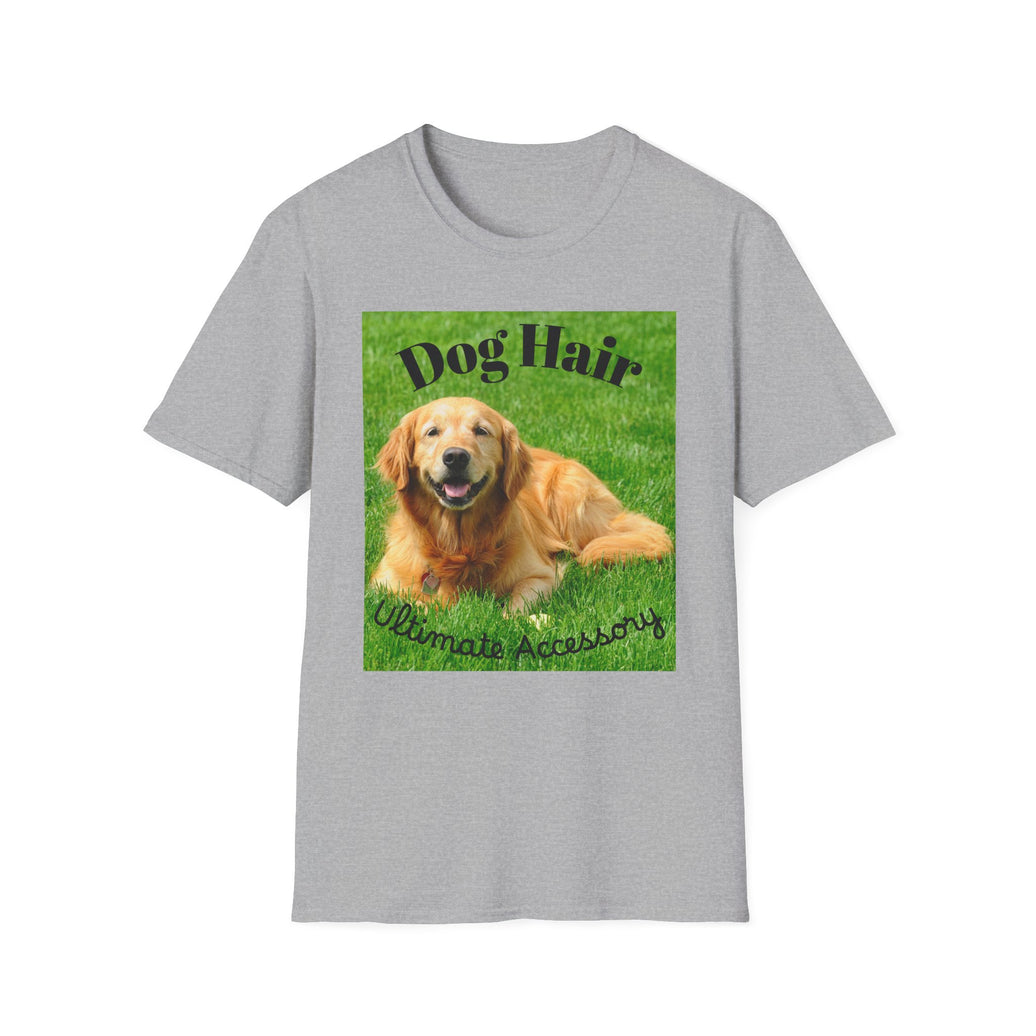
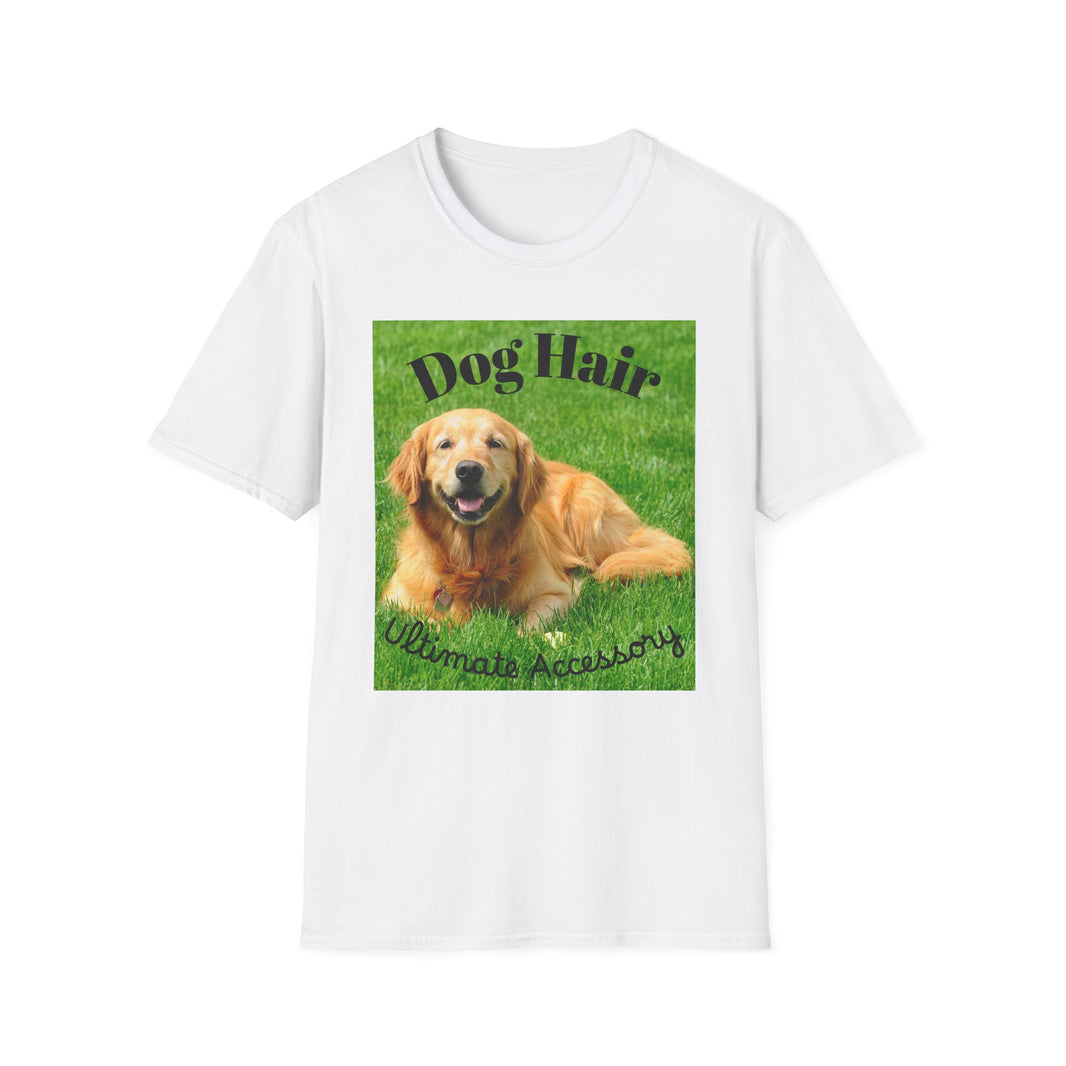
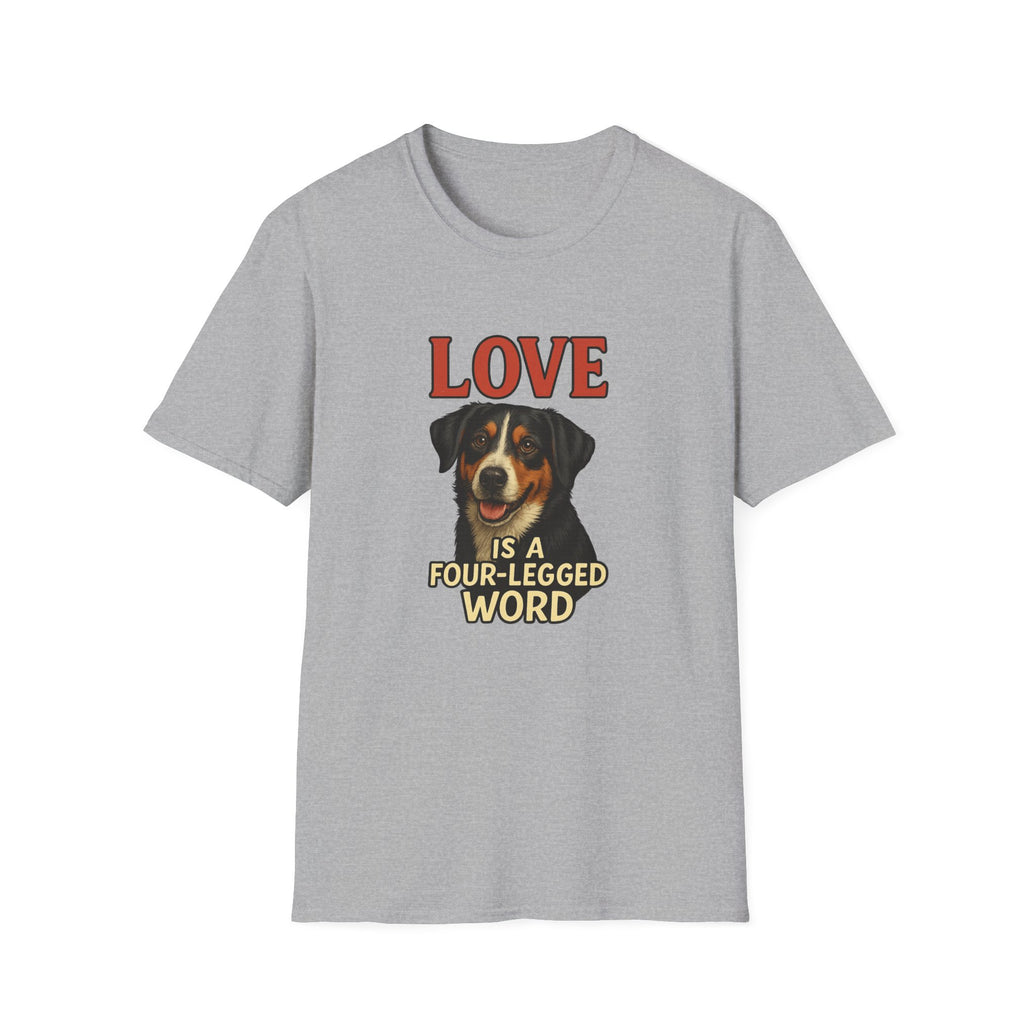
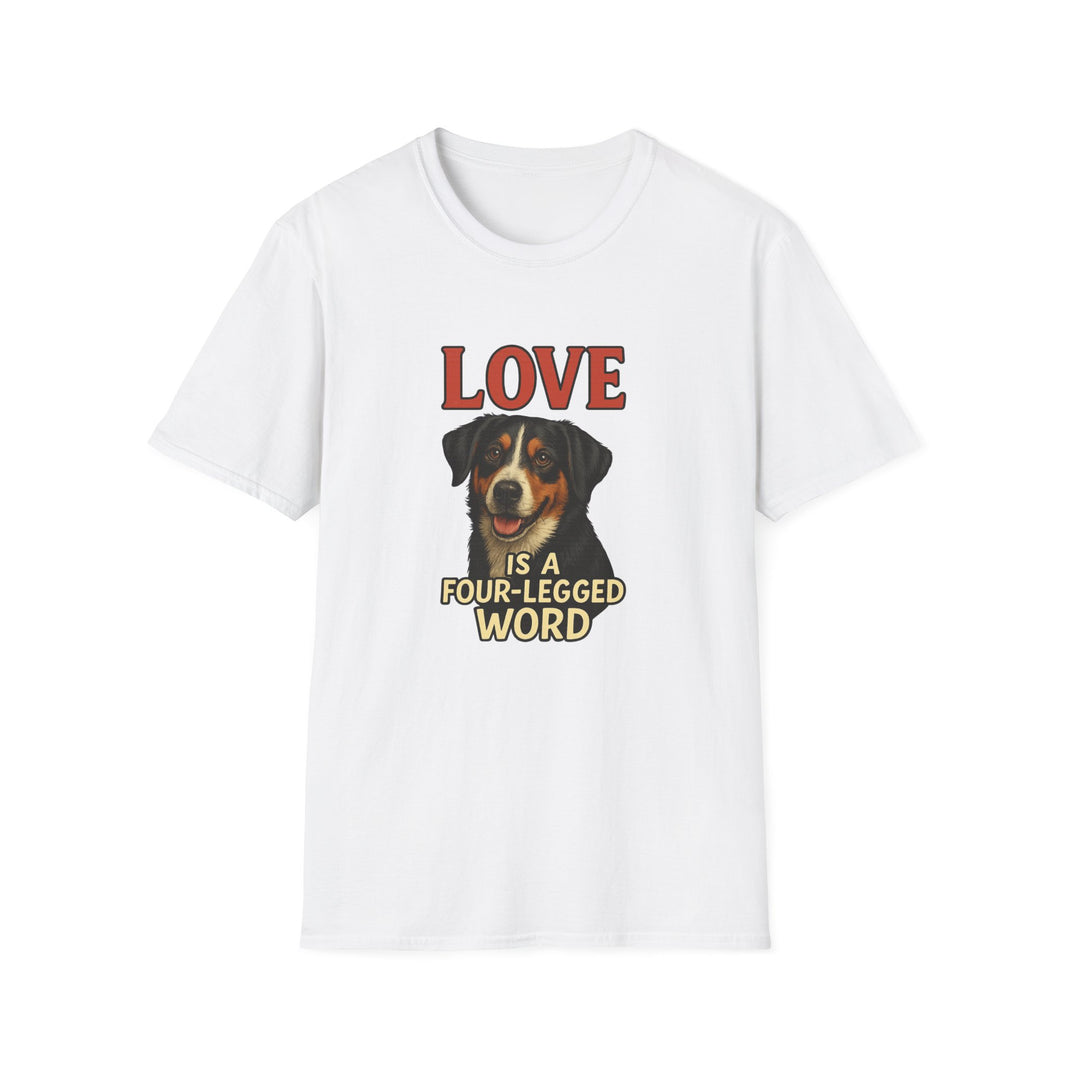
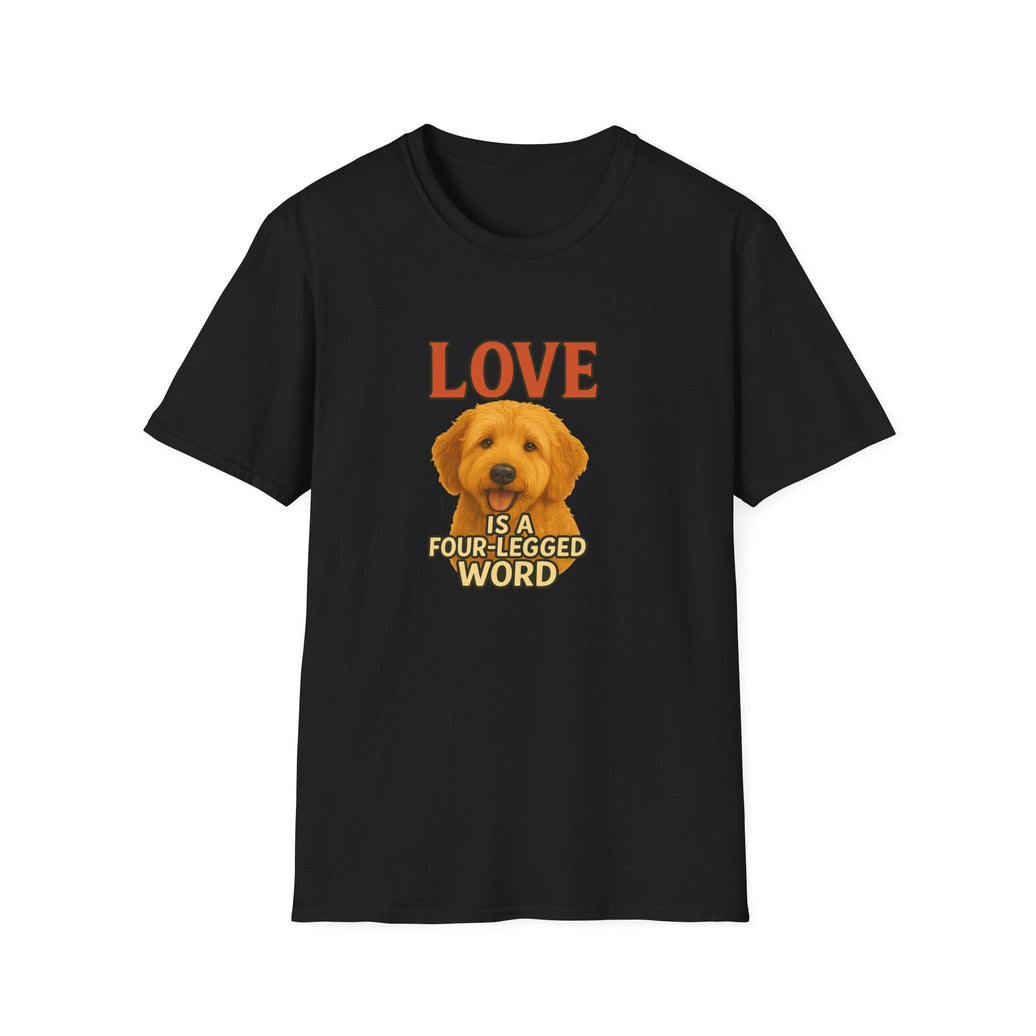
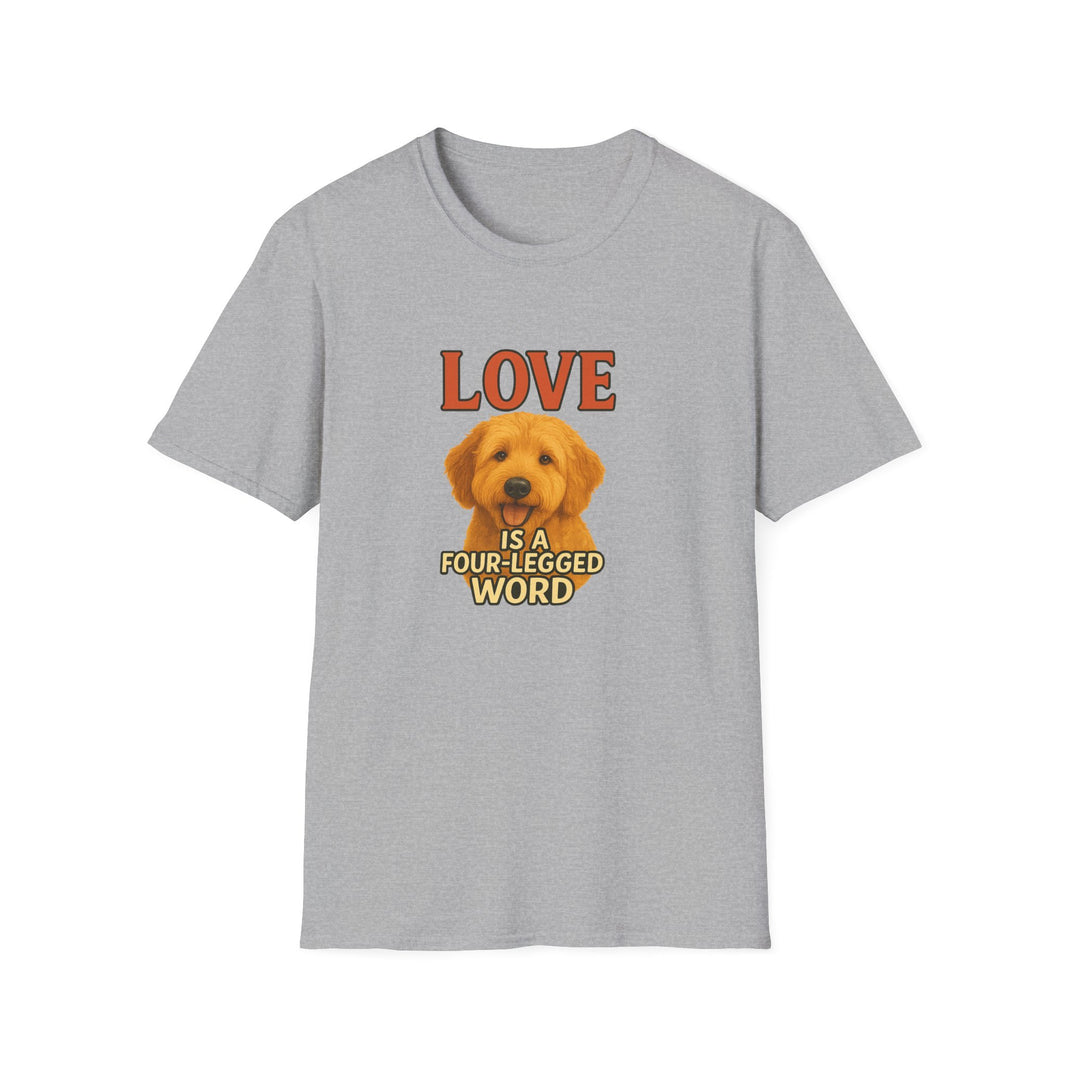



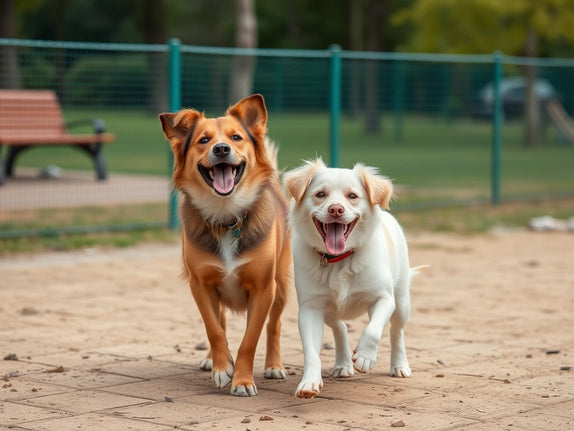


Leave a comment